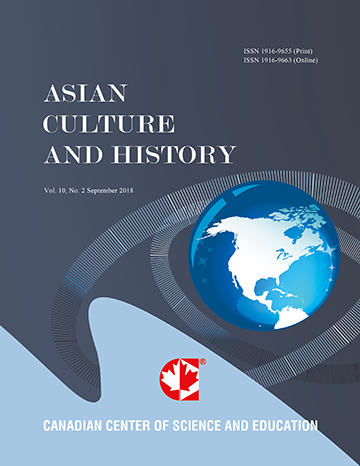A Study of Chinese and Japanese College Students’ L2 Learning Styles
- Man-ping Chu
- Tomoko Nakamura
Abstract
Learning styles, much related to motivation and cognitive strategies, has been one of the most frequently discussed topics in the field of foreign/second language (L2) education. There is a considerable body of research on learning styles stemming from the domain of psychology to the conceptual field. As individuals learn in different ways from time to time, from culture to culture, and from context to context, findings of such research can only explain a comparatively small group of people’s temporary perceptions of their learning preferences to a selected subject surveyed. Sternberg (2001, p. 250) notes that “the literature has failed to provide any common conceptual framework and language,” while, according to Reid (1998), the concept is still not well understood. An enduring question for language researchers is the effect of individual differences on the efficacy of language learning (Nel, 2008). Much more research has to be done to address the issue of theoretical coherence as well as aiming for well-rounded empirical findings, tested through replication. Therefore, with an intention to contribute more data to cross-country research, this study investigated the differences and similarities of Chinese and Japanese college students’ perceptions of their current English learning styles through a classroom-based survey. Implications for the teaching and learning are discussed in the final section.- Full Text:
 PDF
PDF
- DOI:10.5539/ach.v2n2p30
Journal Metrics
Google-based Impact Factor (2017): 5.42
h-index (January 2018): 11
i10-index (January 2018): 21
h5-index (January 2018): 6
h5-median (January 2018): 9
Index
- Academic Journals Database
- CNKI Scholar
- COPAC
- EconPapers
- Elektronische Zeitschriftenbibliothek (EZB)
- Excellence in Research for Australia (ERA)
- Genamics JournalSeek
- Google Scholar
- Infotrieve
- LOCKSS
- MIAR
- NewJour
- Open J-Gate
- PKP Open Archives Harvester
- Publons
- RePEc
- Scilit
- SHERPA/RoMEO
- Standard Periodical Directory
- Technische Informationsbibliothek (TIB)
- The Keepers Registry
- Universe Digital Library
- WorldCat
Contact
- Ivan YongEditorial Assistant
- ach@ccsenet.org
